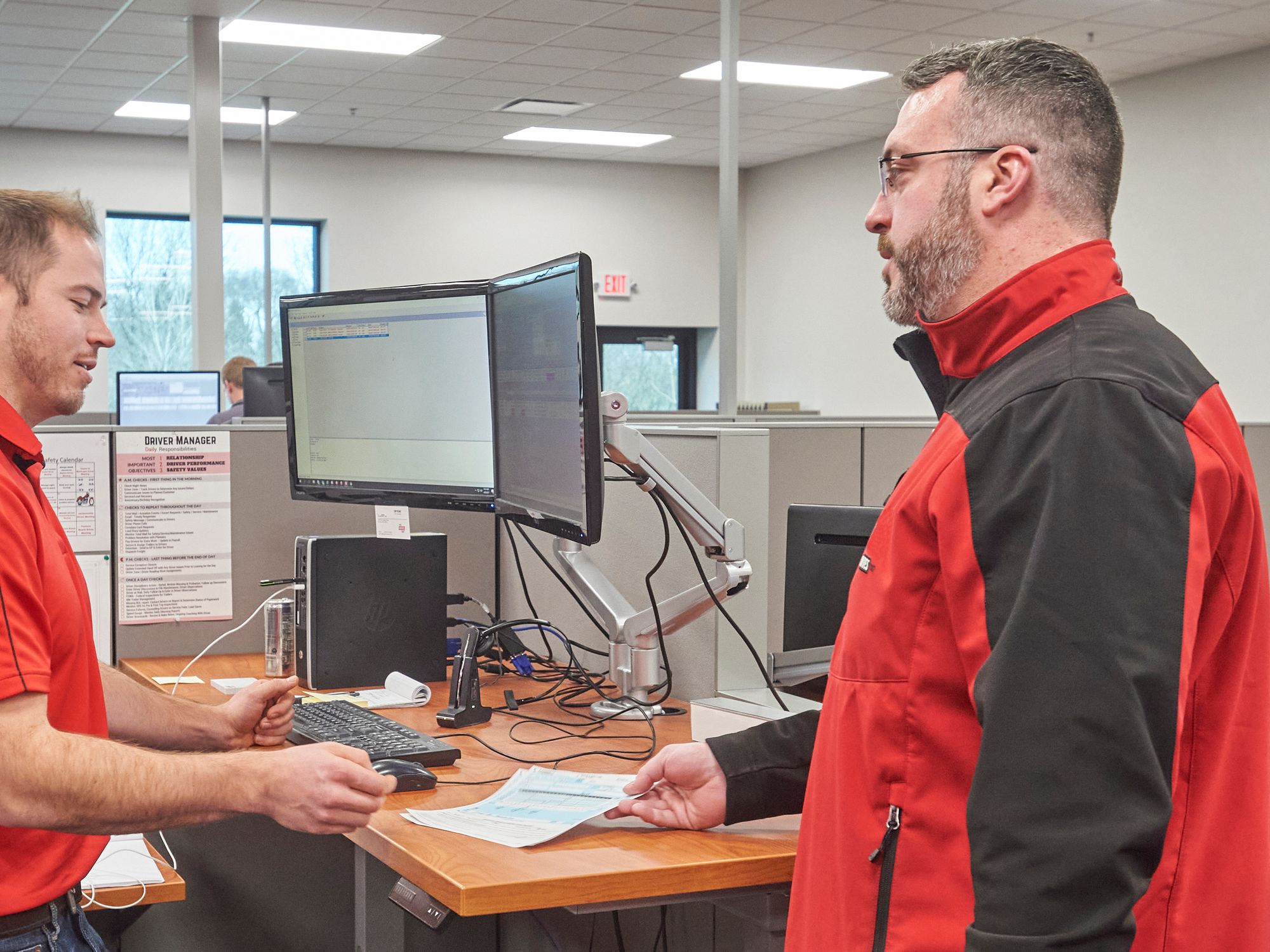Incentive and reward program expectations

- Driver incentive programs are a powerful safety management tool, but they must be used and implemented correctly to prevent negative effects.
- When developing or reviewing a performance-based safety reward system, involving the drivers in the process will help achieve buy-in with the drivers to help ensure commitment.
- Driver performance should be measured against objectives by data from varied systems and processes
Because most of the duties and job functions of a driver are measurable and quantifiable, many carriers link driver performance results with rewards.
The use of incentives and rewards is a powerful safety management tool. They can be used to win strong driver commitment and loyalty and can positively impact a company’s turnover rate.
However, they can have a profound negative effect if used incorrectly or improperly.
Drivers can become reliant on bonuses. After earning several consecutive bonuses, they come to consider the bonus as part of their base pay. When the bonus is not made, they think the company is taking part of their pay. It’s the organization’s responsibility to clearly communicate what a bonus is — it is a thing to be earned, something above and beyond the regular or expected pay.
Since every operation is unique, there is no one-size-fits-all incentive plan. Consequently, organizations have to determine the specific performance-based or safety reward plan that is best for their company.
What is provided are some basic suggestions and ground rules to follow when considering or reviewing a performance-based safety reward system.
Whether developing a new incentive package or simply reviewing the current program, a major cause of failure is when expectations of management and drivers are not the same. To avoid this, the following ground rules and suggestions should be considered:
- Keep incentives to the pay package simple —The reward system cannot be so complicated that the drivers won’t understand it. Keeping the performance objectives to a minimum (three or four) will help accomplish this.
- The performance reward should be a major piece of the total pay package — potentially big rewards are attention-getters. The reward needs to be big enough to change individual behavior. Performance incentives that make up 20 percent or more of the total pay package are not uncommon in the motor carrier industry.
- The reward system must be fair (and be perceived as fair) — The level of performance must be clearly defined and attainable for each objective. If the minimum performance standards to receive a reward are set unrealistically high, drivers will perceive the system as being rigged. Distrust of management and increased driver dissatisfaction will result.
- The reward system must clearly and specifically define acceptable and unacceptable performance — The drivers must understand the principle behind rewarding performance (e.g., a bonus). A bonus based on performance results is a thing to be earned. It should not be considered part of the base pay. A major cause of driver dissatisfaction is bonus reliance.
- The performance objectives drivers are to achieve should involve outcomes they can personally affect. The role of incentives is to align individual driver behavior to company goals, values, and objectives. Consequently, having an incentive for high average weekly miles might have a negative impact on driver satisfaction levels since most drivers do not have control over what loads they’re assigned, availability of backhauls, length of hauls, etc.
Driver performance is measured against objectives by data from varied systems and processes, such as:
- Video event recorders (Dashcams),
- Vehicle telematics from the engine control module (ECM),
- Electronic logging devices (ELDs),
- Roadside inspections and Compliance, Safety, and Accountability (CSA) violations,
- Customer service on-time delivery and claims management systems,
- Global positioning systems (GPS) determining route accuracy, and
- Maintenance systems for on-time preventive maintenance.
The incentive plan must be based on results that drivers have the most direct control over. Examples include customer service, fuel efficiency, availability, length of service, safety, and log violations.
- Thoroughly explain the reward system to drivers in a way all will understand — Describe exactly how it is calculated, how bonuses can be earned or not earned (never use the word lost — by definition, a bonus cannot be lost since the driver does not have it to begin with), what criteria will be used, and how they can impact the outcome of their individual rewards.
- Finally, when developing or reviewing a performance-based safety reward system, involve the drivers in the process. Doing so will help achieve buy-in with the drivers to help ensure commitment.
Reward and recognition are a vitally necessary component of any plan to improve operational safety and reduce driver turnover. Done correctly, a driver/employee recognition system becomes the shining star of the entire safety and driver retention effort.
